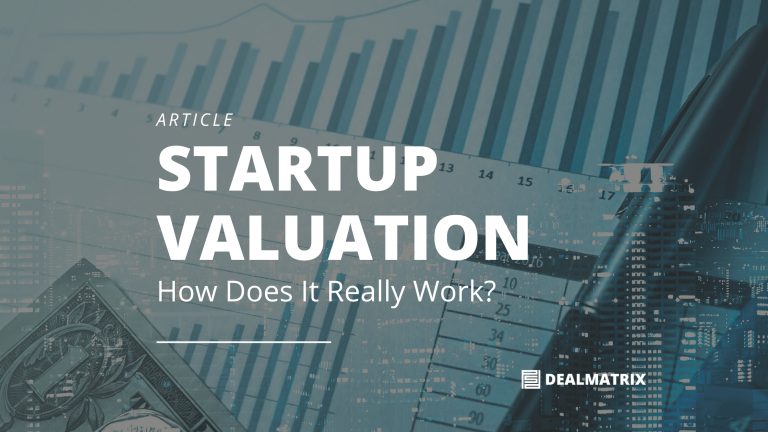Valuation is a minefield. Numbers get thrown around a lot in the startup world. You’ve probably noticed that valuations are often used, in order to impress people or to simply set a mark (like a milestone) for a startup’s stage of development. Founders and investment success stories are often linked to valuations achieved. When talking to investors, you should be prepared to explain the assumptions and methods you used to derive your valuations from properly.
Make sure to also check our earlier article – How to put a price tag on a startup? – where we explored typical startup valuation pitfalls.
Watch your step in this minefield!
If you’re still wondering where the numbers actually come from, you’ll be glad to know that there’s a genuine methodology behind startup valuation. In fact, there are several methodologies! And that’s what we’ll go into below.
In this overview, we’ll introduce five valuation methods to consider for your startup. Each of them represents a solution to the unique challenge of coming up with a value for companies that may not yet have revenue, profit, or tax figures available. Different methods are appropriate for startups at different stages — and their results will naturally vary. It’s worth understanding those methods well because sooner or later it will be critical to defending your valuation in negotiations. Also, what constitutes the best method for your company may also change the way you work on your strengths and company profile as you develop your valuation further.
The methods are summed up in the following table:
David Berkus, the Californian Business Angel, estimated that only one out of twenty startups hits its revenue forecast. The Berkus Method, partly based on his own experiences and those of many investors he interviewed, is used by many Business Angels (as a rule of thumb) and even taught on elite universities today. It uses close analysis of five key factors which sum up to the value of a certain company.
The model works well for pre-revenue – pre-seed or seed-stage – companies.
The Scorecard Method, developed by Bill Payne, was also designed with early-stage startups in mind. It takes comparable companies into consideration. The main principle is to determine a median valuation for startups and scoring important criteria which drive or reduce the valuation of a specific venture. Those valuations differ by given geographic region or industry. Scoring criteria like ‘strength of the management team’, ‘size of the market’, and so on, will adjust the estimated mean valuation. The starting median value is multiplied by the weighted average score.
For proper results, this calculation needs experience or a clear rule set for scores defined by managers in early-stage funds.
The Venture Capital Method is ideal for investors who want to get a quick, rough valuation of a startup that doesn’t require much time or many inputs. Experience and access to high-quality databases are key to apply the right factors for this calculation. The VC Method focuses on calculating the expected exit value of your company after a set number of years and calculates it backward. Based on the result, investors can define how much they are willing to invest, under a given dilution and return they expect.
The First Chicago Method is an ideal valuation model for revenue-generating startups. By using the Discounted Cash Flow method from a terminal value (expected exit valuation), the First Chicago Method calculates three scenarios for investors – best-case, middle-case, and worst-case and applies weights when summing up the results average. Investors can get an overview of the potential risk and return on their investment. Applied discount rates represent the probability of a valuation to be actually wrong and range typically between 70 and 90% for a Series A valuation.
The Rating Model by Venionaire Capital is a mixed model of the above. The beauty of this model is that it can be applied to early- and late-stage startups equally. The newly developed method takes six value drivers (similar to The Scorecard Method) — team, market, product, technology, scaling strategy, and KPIs – into account, as they are critical to a given startup’s success. Those factors have been found to be the most relevant in academic research. These scores get fed into a preference weighting matrix, different for stages and for any investors personally. The valuation result is also translated into a given startup rating, which allows analysts or less experienced investors to spot the most attractive deals faster.
